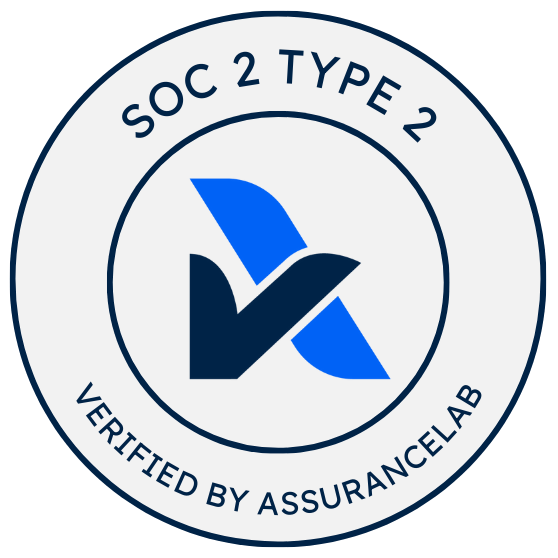
I Tried 5 Rising GitHub Tools for 2025 (Here's What Stood Out)
Beyond the hype of trending GitHub projects: a practical deep-dive into 5 tools that actually improve your daily dev workflow, with collaboration insights that reveal why they're built to last.

As many of you did, I came across Emmanuel Mumba’s Top 20 Rising GitHub Projects with the Most Stars in 2025. Instead of just bookmarking it, I spent time using collab.dev to explore five projects that felt both practically useful and actively maintained—the ones I could actually imagine adopting in day-to-day dev work.
Here’s what I learned that goes beyond the feature lists.
1️⃣ Hoppscotch (⭐ 71k) – Postman Without the Weight
Hoppscotch feels like what Postman might be if it were rebuilt today: fast, minimal, and open source. It runs in your browser or as a PWA, supports REST, GraphQL, and WebSockets, and cuts out the sync-heavy workspace overhead.
Why it’s compelling:
- Instant startup: No desktop app bloat or login wall.
- Built-in GraphQL explorer: Inline schema docs make debugging quick.
- Lightweight sharing: Exporting/sharing collections is simpler than Postman’s team-based model.
Unlike Postman’s slower, enterprise-focused development cadence, Hoppscotch moves fast—features land quickly, and PRs are often reviewed within hours. You feel that responsiveness in how polished and up-to-date it is.
2️⃣ Localstack (⭐ 58.5k) – AWS Without the Cloud
If AWS SAM’s deploy-test cycle feels glacial, Localstack is the antidote. It emulates AWS services locally—Lambda, DynamoDB, S3, and more—so you can iterate in seconds.
Key benefits:
- CI-ready AWS emulation: Integration tests run without touching live AWS.
- Broad service support: EventBridge and Step Functions make it viable for complex workflows.
- Smooth dev loop: No waiting on deploys or risking accidental cloud costs.
Compared to AWS SAM (which leans on bots for 77% of PR activity), Localstack is 81% human-driven with half its PRs from the community. You feel that responsiveness in how quickly fixes and new AWS API updates land.
3️⃣ it-tools (⭐ 28.4k) – The Swiss Army Knife of Utilities
At first glance, it-tools looks like a grab bag of commands—HTTP calls, JSON grep, regex testers—but it’s brilliantly cohesive. It’s a single CLI binary that replaces a handful of small dependencies.
Real-world wins:
- Scripted a pre-deploy API check in CI with
it-tools http—no extra curl magic. - Dropped web regex testers for
it-tools regexright in the terminal. - Perfect in minimal Docker images—tiny footprint, broad utility.
Compared to DevToys, which is more GUI-focused, it-tools has nearly 50% community PRs and 2-hour median merges. It feels like a living toolbox where new micro-utilities land fast.
4️⃣ SurrealDB (⭐ 29k) – SQL Meets NoSQL Meets Realtime
SurrealDB blends SQL familiarity with document + graph models, plus realtime subscriptions and built-in auth.
What’s unique:
- Graph-like traversals in SQL: Query relational and nested data in one pass.
- Realtime built-in: No need to bolt on WebSockets separately.
- Prototype-friendly: Great for apps that mix structured and flexible schemas.
Where mature databases like Postgres are slow-moving by design, SurrealDB evolves steadily: PRs are reviewed quickly and merged in a measured cadence, balancing speed with caution—a healthy approach for a young database engine.
5️⃣ Tabby (⭐ 30.8k) – The Terminal With Plugins
Tabby feels like what iTerm would be if it grew up in the VS Code era: tabs, split panes, persistent SSH sessions, and a thriving plugin ecosystem.
Why it’s delightful:
- Tmux-level layouts without Tmux: Pane splits and shortcuts feel effortless.
- Persistent SSH sessions: Remote dev is smoother when reconnecting feels seamless.
- Plugin energy: Themes and add-ons emerge quickly from its vibrant community.
Unlike Windows Terminal’s more core-led model, Tabby is 78% community-driven with quick merges (~15h median). Its plugin ecosystem moves fast because so much of it is built and maintained by users.
🔑 Why These Five?
I chose tools that feel:
- Immediately useful: Hoppscotch, Localstack, Tabby, and it-tools can slide into your daily dev loop.
- Distinctive in approach: SurrealDB’s hybrid model and it-tools’ rapid-fire utility merges stand out.
- Actively nurtured: Fast merges, engaged communities, and frequent updates hint at longevity.
Looking at their collaboration patterns on collab.dev reinforced it: scrappy tools like it-tools and Tabby thrive on quick-turnaround community PRs, while infra projects like Localstack pair strong core stewardship with steady external contributions. Those dynamics often map directly to how polished (or experimental) a project feels to use.
🧠 Final Take
The original “Top 20” list was a great starting point, but digging in—and comparing them to what they’re replacing—made clear why these five stand out. They’re tools I’d actually install today, not just star and forget.
Which of these have you tried? Or is there another sleeper from the list that surprised you?


